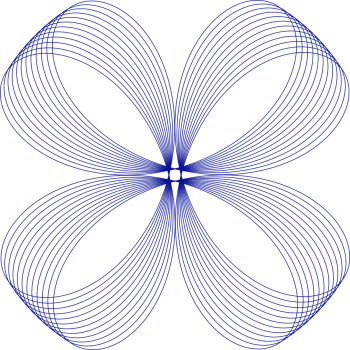
shadow work
Psychologist Carl Jung was the first to bring the shadow self and the importance of integrating our shadow self to the public’s attention. He believed that to live in a balanced way, we must integrate our shadow self so that we move from being fragmented into being whole. As long as we remain more or less fragmented, our shadow-parts impact our lives negatively and we are oblivious to how we are manifesting circumstances. We tend to desire joyful and peaceful experiences and to avoid pain and suffering. But it seems like our souls invite us to experience life from all angles, to live fully and learn to understand, accept, and love every aspect of ourselves, including the parts that have been hidden. The process of integrating our fragmented self is a powerful alchemical process.
Engaging in sincere shadow work requires us to be willing to look at the parts that we are most scared of, most angry at, most sad about, that paralyze us the most, and that we judge the most. We need to be willing to look at the darkness inside of us and we need to be strong enough the resist the temptation within ourselves to deny, escape, or sugarcoat it. It is not a joyful ride and it requires commitment and a self-loving foundation. So that, in the moments we see the ugliest parts of ourselves, we can still feel love and compassion for our complete self, instead of falling into a trap of self-hatred, insecurities, and depression. Although the process can feel counter-intuitive, and we can experience moments of deep struggle, it will lead to major inner awakenings and expanded authenticity, creativity, relaxation, and freedom.
An important aspect of shadow work is introspective psychological practice. This can be done in a therapeutic setting with a shadow-expert, or we can do it alone. When we trust some of our loved ones enough, we can also ask for their feedback on some ‘blind spots’ we might have for more effective self-investigation. A great tool for this process of self-discovery is inner dialogue and journaling, for example by reflecting on specific ways we react to certain situations and people. After some practice, we start to see recurring emotional or behavioral patterns in our life, and how our minds and emotions respond to them. It could be helpful to research common shadow archetypes and see which are familiar to us.
Every time we encounter themes or circumstances that trigger us instantly, we are invited to pay close attention and dig deeper, as this is a profound opportunity for further discovery of our shadow-parts. The moments that we respond hypersensitive to certain people and behaviors offer great pointers to the hidden parts of ourselves we could explore further. The characteristics that we are repelled by in others are likely to be alive in our shadow self to some degree. When substantial shadow work is completed, we can experience the result in real-life settings and encounters that we now we move through without anything triggering us. At that point, we are most likely to compassionately laugh on the inside, realizing how much energy we used to spend in avoidance, resistance, and frustration.
Another aspect of shadow work is experimenting and playing with the parts that are being uncovered, preferably in a group setting. This assists us in discovering more shadow-parts in ourselves, and it allows the charge we hold around these parts to become more relaxed. We also get to discover and witness the shadow-parts that live in others. We realize experientially that we are no different from others, that having a heavy backpack full of disowned parts of ourselves is part of being human. Noticing how easily we can accept and embrace the imperfectness in others, can inspire us to apply the same compassion and unconditional acceptance to our inner process. Circle retreats incorporate shadow work in a group setting in the exercises and processes. More details about this work can be found on the Circle Retreat page.
Our individual consciousness impacts the collective human consciousness. The impact of our sincere shadow work creates ripples in the collective field. This has a deeply healing effect, as it is often the darkest and deepest disowned collective shadows that are at the root of collective violence, division, hatred, and abuse. In the philosophy of Ho’oponopono, we are healing the world around us by healing ourselves.
